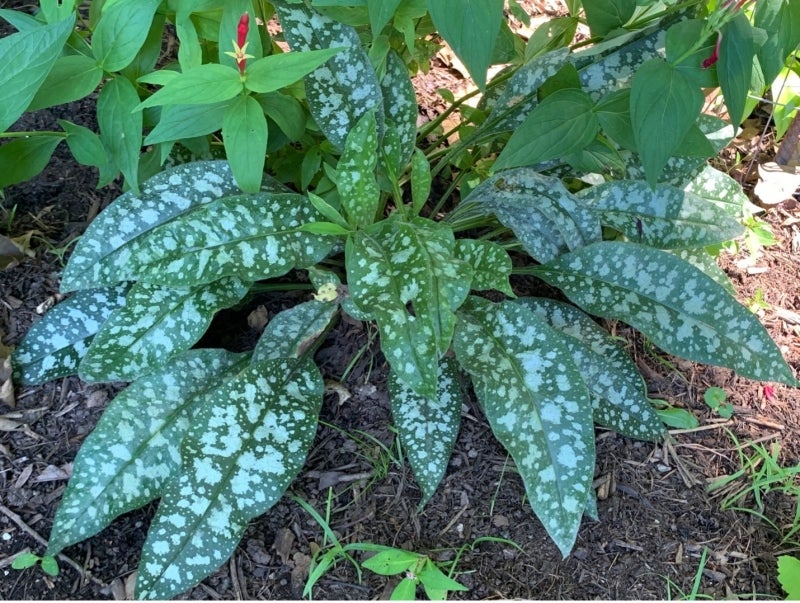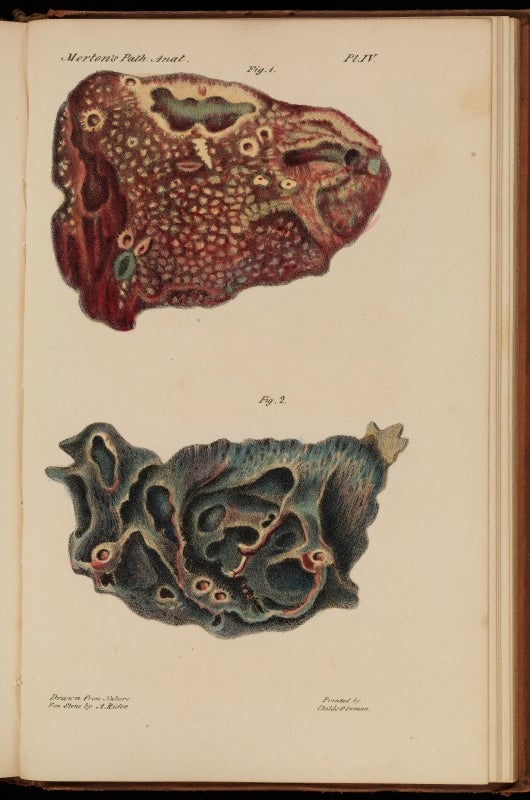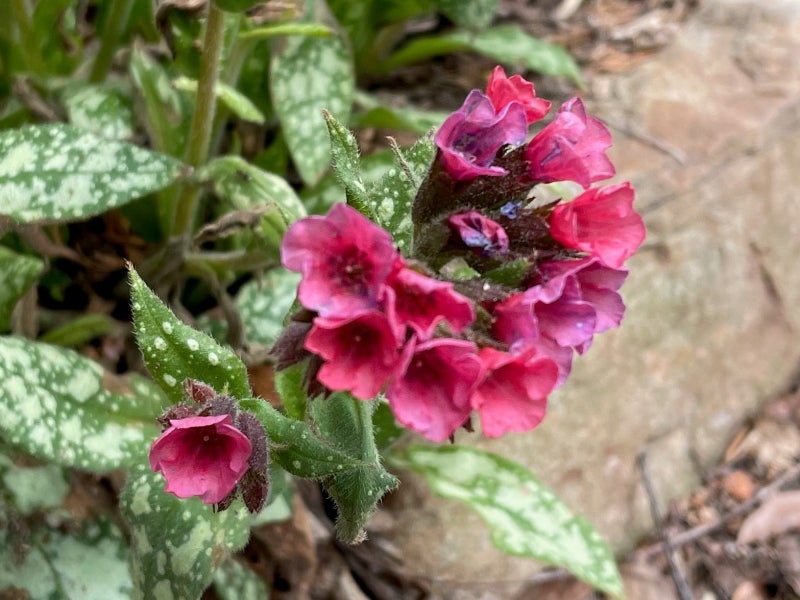Blog


Pulmonaria spp. (lungworts) are spring-flowering plants named for the spotted leaves of the type species, P. officinalis. The genus Pulmonaria means “lung” as the spotted leaves resemble diseased lungs. P. officinalis was touted as medicine for lung ailments, officinalis meaning “sold in stores” and denoting a plant with culinary or medicinal use. The common name is lungwort; “wort” is an old English suffix that means “plant.”


The Doctrine of Signatures is a pseudoscience held forth in various forms since ancient times that theorized the resemblance of a plant part to a human organ correlated with its ability to cure diseases of that organ: walnuts, with the brain-like appearance of their nuts, would strengthen the brain; and liverworts, with their liver-shaped leaves, would cure jaundice. Despite the magical appeal of “sympathetic medicine,” the spots on pulmonaria foliage did not evolve to direct humans to a cure for lung diseases; rather, the spots are air pockets just under the leaf surface that may serve to cool the leaf.
In addition to the leaves, the flowers are also of interest, providing bees with much needed nectar in early spring. The flowers of most pulmonaria species show pink or violet buds maturing to that distinct shade of blue that is often seen in Boraginaceae (the borage family), which includes Mertensia virginica (Virginia bluebell) and Myositis scorpioides (forget-me-not).


There are an estimated ten to eighteen species of pulmonaria, but none are native to North America. Nursery scientists actively hybridize the species to create plants with white, pink, or red flowers and variously spotted or non-spotted leaves. Look for the pulmonaria at the Morris Arboretum as you walk down the Oak Allée. While the flowers are a springtime treat, the leaves are held at least until winter and spark an interesting conversation about the name.
Katherine has her Certificate in Botany from the New York Botanical Garden and is a botanical tour guide and freelance writer. You can contact her with comments at botanicaltours.weebly.com.